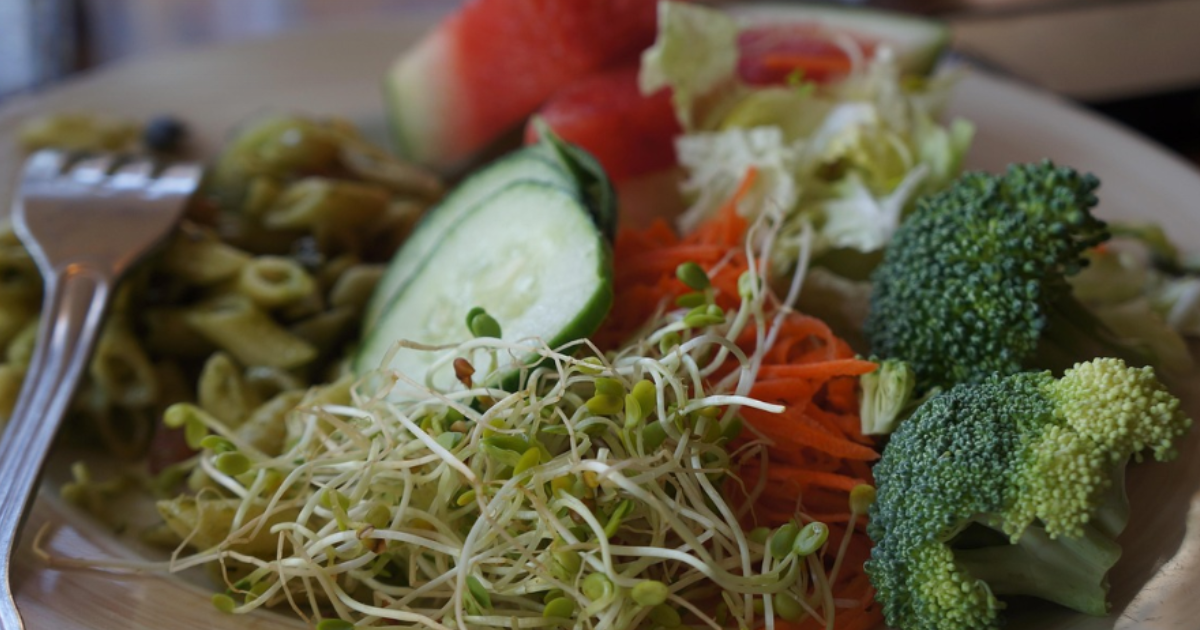October seasonal update

October is when autumn truly takes hold in British kitchens. The light, bright flavours of summer are now a memory, replaced by the rich, earthy tastes of orchard fruit, root vegetables and game.
It’s a month of depth and comfort: stews, roasts and preserves dominate menus, while chefs turn to the wild and foraged to celebrate the season.
Seasonal Fruit
The fruit calendar is firmly in orchard territory, with apples, pears and quinces leading the way. Soft fruits have disappeared, but their absence is more than compensated by deeper, more complex flavours.
Still available:
-
English apples (Cox, Russet, Bramley)
-
Conference pears
-
Quinces
-
Medjool dates (imported, but widely used)
Try this seasonal Jazz Apple, Quince and Thyme Sorbet by Jack Houston.
Coming in now:
-
Medlar
-
Crab apples
-
Late-season figs
-
Chestnuts
Why not have a go at creating this Venison, butternut squash and chestnut, Grand veneur Sauce by Jocelyn Herland.
Apples and pears provide versatility across sweet and savoury menus — think cider sauces with pork, poached pears with spices, or apple tarts. Quinces and medlars bring a distinctive perfumed quality, while chestnuts and figs lend warmth and richness, ideal for desserts or paired with game.
Seasonal Vegetables and Salad
The vegetable larder is now dominated by roots and brassicas. Foraged and cultivated mushrooms add texture and umami, while squash and pumpkins mark the harvest.

Still in season:
-
Potatoes
-
Carrots, parsnips, swede, turnips, celeriac
-
Kale, cavolo nero, savoy cabbage
-
Beetroot
Coming in now:
-
Pumpkins and winter squash
-
Jerusalem artichokes
-
Salsify
-
Wild mushrooms (pied de mouton, trompette, cep)
-
Brussels sprouts (early season)
Leaf crops become scarce, with watercress and rocket still available but less reliable in quality. Instead, chefs can turn

to hardy brassicas, earthy roots and the diverse mushroom harvest for both refinement and comfort on the plate.
October in the Kitchen - Game season in full swing
By October, the British game season is at its peak. Partridge and rabbit are plentiful, while pheasant joins the calendar this month. Venison also becomes a central feature, offering lean, flavourful meat well suited to autumn’s robust flavours.
Grouse, which began in August, is still available, though chefs may now look to pheasant and partridge as the stars of the season. These game birds pair naturally with orchard fruits, braised red cabbage, chestnuts and foraged mushrooms.
Why not try this grouse with black cabbage poriyal recipe by executive chef Santosh Shah from Baluchi for inspiration.
Harvest celebrations
Pumpkins and squash come into their own around Halloween and are perfect for soups, purees and gratins. Jerusalem artichokes and salsify add interest to vegetable-led menus, offering chefs a chance to showcase lesser-used roots. Preserving and fermenting also remain a key focus as kitchens capture the last of the harvest to carry flavours through the winter.
October is the moment to fully embrace autumn. Chefs can celebrate with orchard fruit, showcase robust game, and highlight the richness of roots, brassicas and wild mushrooms.
The season is about warmth, comfort and a return to depth - a time to create menus rooted in tradition, while leaving space for creativity and surprise.
Looking for more guinea fowl recipes?
Are you using any of these seasonal ingredients in your menus? Upload your pics and recipes to our Chef+ mobile app!


The Staff Canteen has always been more than a website—it’s a community, built by and for hospitality. We share the wins, the challenges, the graft, and the inspiration that keeps kitchens alive.
We believe in staying open to everyone, but creating this content takes real resources. If you’ve ever found value here—whether it’s a recipe, an interview, or a laugh when you needed it most—consider giving just £3 to keep it going.
A little from you keeps this space free for all. Let’s keep lifting the industry, together.

















